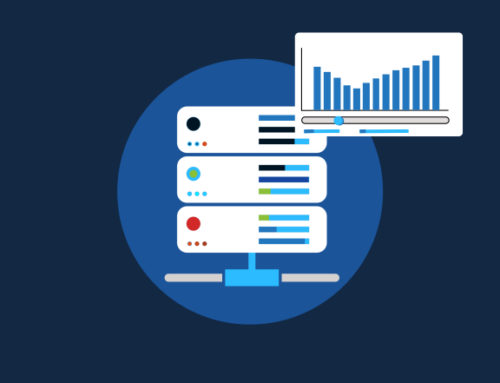As internet service providers strive for efficiency, resilience, and superior performance, the role of historical data in network optimization cannot be overstated. This blog explores the significance of leveraging historical data to fine-tune and future-proof networks for the challenges of tomorrow.
Understanding Historical Data
Historical data serves as a treasure trove of insights into the behavior and performance of networks over time. By analyzing past patterns, organizations can identify trends, anomalies, and critical performance indicators that are instrumental in making informed decisions for optimizing network infrastructure.
Identifying Trends and Patterns
Historical data enables ISPs to identify recurring trends and patterns in network usage. By understanding when peak usage occurs, which applications are most critical during specific times, and how traffic patterns fluctuate, network administrators can optimize resources and bandwidth allocation to ensure optimal performance during peak hours.
Predictive Analysis
Utilizing historical data for predictive analysis allows organizations to forecast future network demands. This proactive approach enables the optimization of network capacity and infrastructure in anticipation of increased loads, ensuring that the network remains robust and responsive even in times of high demand.
Optimizing Resource Allocation
Bandwidth Optimization
Historical data provides valuable insights into the bandwidth requirements of different applications and services. By analyzing past usage patterns, organizations can allocate bandwidth more efficiently, ensuring that critical applications receive the necessary resources while avoiding unnecessary congestion.
Application Performance Optimization
Understanding how various applications have performed historically helps in optimizing their performance. By identifying bottlenecks, latency issues, and areas of underperformance, organizations can take targeted actions to enhance the overall user experience.
Improving Security Measures
Anomaly Detection
Historical data serves as a baseline for normal network behavior. By continuously monitoring deviations from historical patterns, organizations can quickly detect anomalies that may indicate security threats. This proactive approach enhances network security by enabling rapid response to potential breaches.
Incident Response Planning
Examining historical data on past security incidents aids in developing effective incident response plans. By learning from past incidents, organizations can strengthen their security posture, implement preventive measures, and respond more effectively to future threats.
Future-Proofing Networks
Infrastructure Planning
Historical data is instrumental in making informed decisions about future infrastructure investments. By understanding past performance and identifying areas for improvement, organizations can strategically plan upgrades and expansions to meet the evolving needs of their network users.
Technology Adoption
Analyzing historical data can also guide decisions on adopting new technologies. By evaluating the performance of existing technologies over time, organizations can make informed choices about integrating emerging technologies that align with their long-term goals.
Final Thoughts
Leveraging the wisdom of the past can be a guiding light for the future. Historical data empowers ISPs to optimize their networks, enhance performance, and fortify security measures. By leveraging insights from the past, internet service providers can build resilient, efficient, and future-ready networks.




